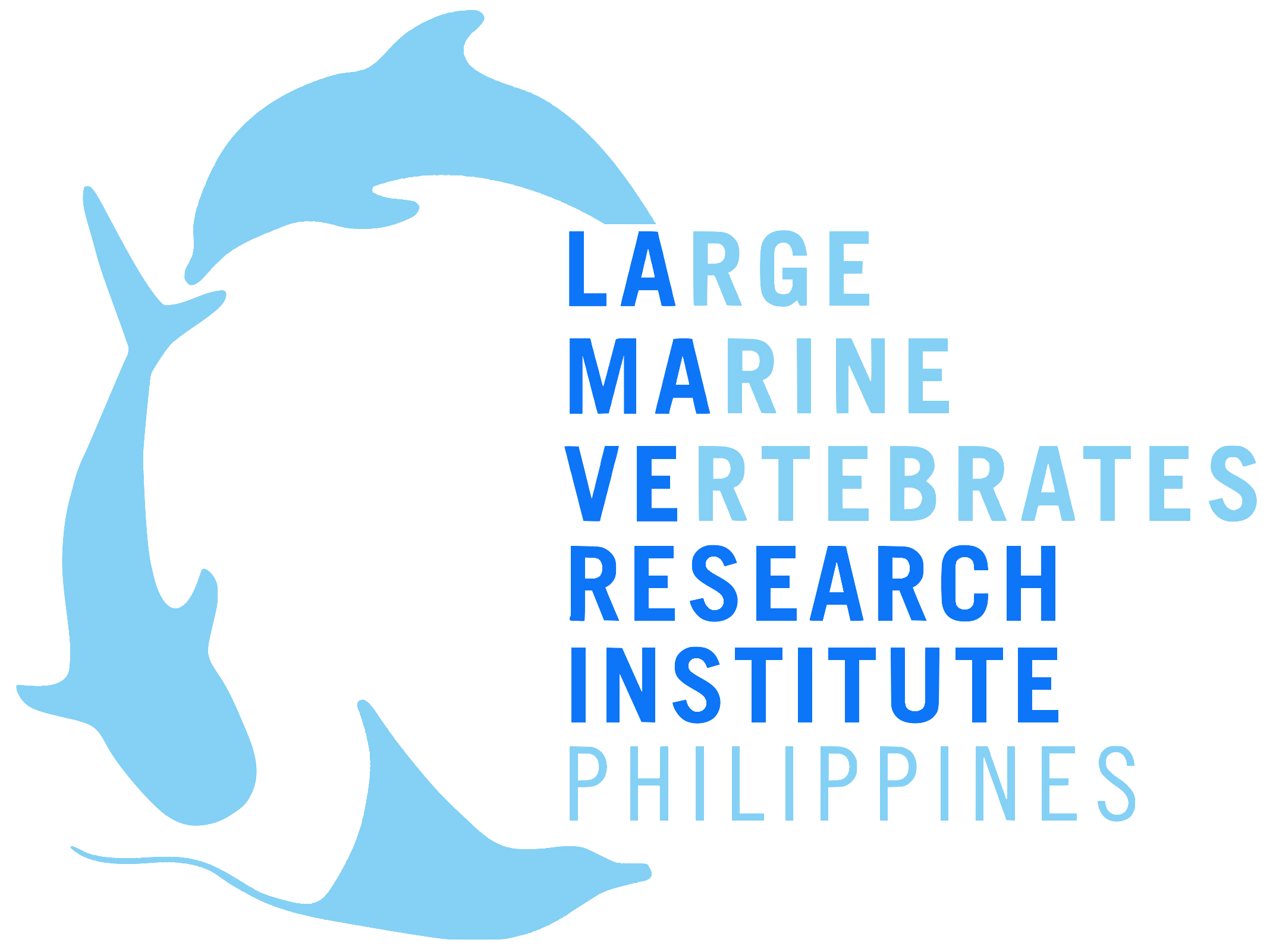NEWS
Make My Day, Watch Me Ray Ray
LAMAVE will soon launch the Everyday Hero Manta Ray Adoption Program, allowing environmentally-conscious people to make a tangible conservation impact.
Manta rays are among the ocean’s most iconic animals. The largest mantas can grow to a wingspan of over 20 feet and weigh more than 1500 kilograms. The intelligence of these graceful giants is equally impressive, boasting the largest brain-to-body ratio of any fish. Mantas have even shown signs of self-awareness in a study using mirror tests.
Unfortunately, both species of manta rays are under threat. Oceanic manta rays are listed as endangered and reef manta rays as vulnerable on the IUCN Redlist. They are actively hunted for their gill rakers and meat and are also vulnerable to fishing nets, lines, and ship strikes. Manta rays are no strangers to exploitation in the Philippines either, with over a century of targetted fishing only ending following their 2016 CITES listing. Despite this ban, targetted fishing and bycatch still occurs in hidden corners across the archipelago.
Manta rays are especially vulnerable to these threats because they are slow to mature and reproduce, making meaningful population recovery time-consuming and difficult.
Reef manta rays often predictably aggregate in certain areas for feeding, cleaning, and even mating!
The Program
LAMAVE’s upcoming Everyday Hero Manta Ray Adoption Program allows nature lovers to make an tangible conservation impact. The program will raise funds for manta ray conservation through the symbolic adoption of a manta ray from one of LAMAVE’s project sites. This adoption is marked by a very modest donation, after which any adoptees will receive a customized adoption kit with digital goodies such as a manta ray fact file and adoption certificate.
Perfect as a gift for a loved one or yourself, the Everyday Hero Adoption Program provides a platform for people to immediately help manta rays where needed most. As manta rays are such a vulnerable species with ever-decreasing population trends, the immediate need for manta ray conservation efforts cannot be emphasized enough.
Manta rays have spots on their underside which are unique to each individual - similar to a human fingerprint! These patterns can be used to identify individual manta rays.
The Impact of Our Work
LAMAVE’s work with manta rays extends across projects in the Bohol Sea, Ticao-Burias Pass Protected Seascape, Sulu Sea, and Palawan. Using a combination of in-water surveys, citizen science, and remote video monitoring, LAMVE has identified over 100 oceanic and 400 reef manta rays in the Philippines. These rays are listed in a national catalog, which allows scientists to monitor individuals to understand habitat use, connectivity, and population dynamics.
One highlight of LAMAVE’s work in manta ray conservation is their involvement in the research and conservation of a newly-discovered cleaning station in Northern Palawan. Recently discovered by local dive operators in 2018, this site is only the third confirmed cleaning station with a recurring manta ray presence in the archipelago.
Much work remains to be done in Philippine manta ray conservation. Current habitats must be better protected while the discovery of new populations needs to be prioritized. This adoption program will help build the capacity of LAMAVE to continue conservation efforts across the Philippines to rebuild manta ray populations while discovering new ones for future protection.
Stay Tuned!
LAMAVE’s Everyday Hero Adoption Project is set to launch soon this summer. Keep an eye on LAMAVE’s website and social media for further announcements about how to join and what to expect!


